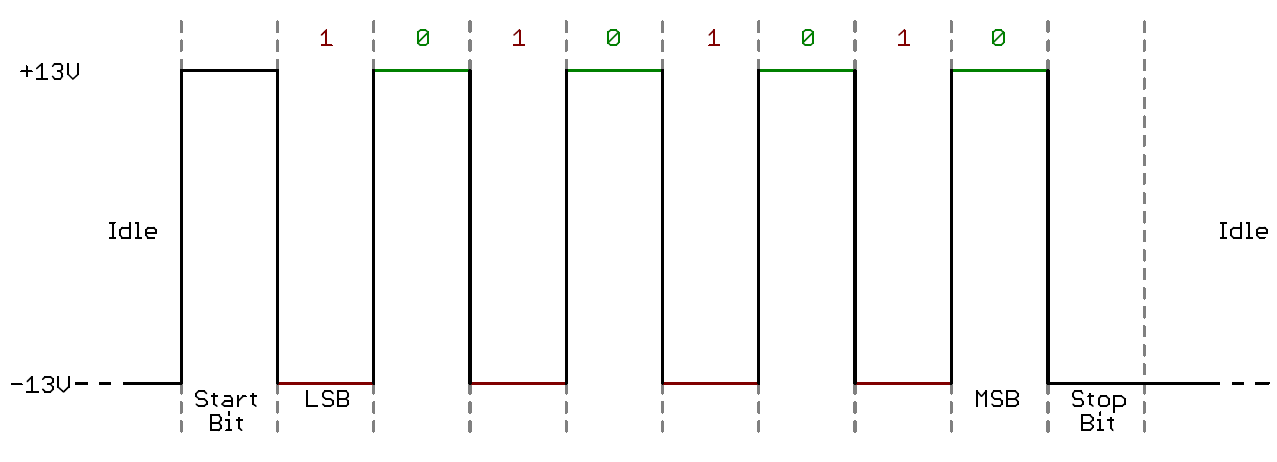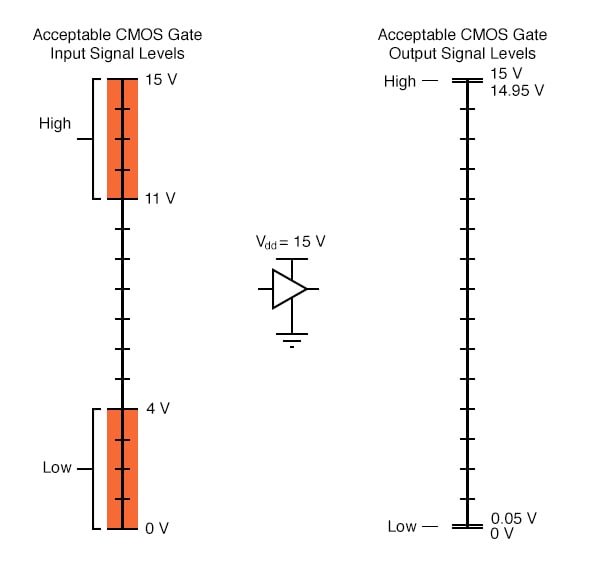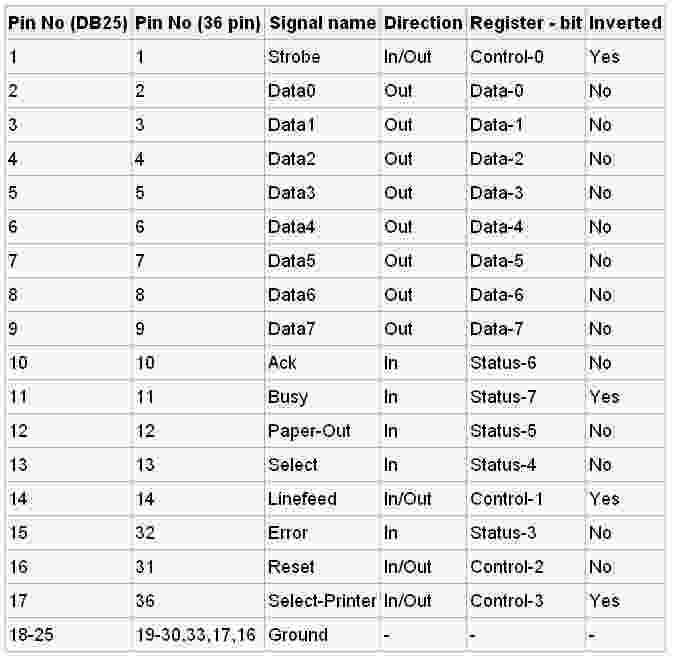Parallel Port Spänningsnivåer: En Djupgående Guide
Introduktion till Parallel Port Spänningsnivåer
Parallelporten, även känd som LPT-porten (Line Printer Terminal), var en gång en central komponent i datorer, främst använd för att ansluta skrivare. Men dess mångsidighet gjorde den också populär för olika elektroniska projekt. För att korrekt använda parallelporten är det avgörande att förstå dess spänningsnivåer.
Denna artikel kommer att fördjupa sig i de specifika spänningsnivåerna som används i parallelporten, förklara deras betydelse och ge praktiska exempel på hur de kan användas i olika applikationer.
TTL-Logik och Spänningsnivåer

Parallelporten använder huvudsakligen TTL-logik (Transistor-Transistor Logic), en standard för digitala kretsar. TTL-logiken definierar specifika spänningsnivåer för att representera logiska ”höga” (1) och ”låga” (0) tillstånd.
- Logisk Hög (1): Vanligtvis mellan 2.4V och 5V. Detta indikerar en ”på” eller ”sant” signal.
- Logisk Låg (0): Vanligtvis mellan 0V och 0.8V. Detta indikerar en ”av” eller ”falskt” signal.
- Indeterminat område: Spänningar mellan 0.8V och 2.4V är ogiltiga och kan leda till oförutsägbart beteende.


Det är viktigt att notera att dessa nivåer kan variera något beroende på specifika kretsar och tillverkare, men de ovan nämnda intervallen är de mest vanliga.
Signalstandarder och Tolkning
Parallelporten har olika signaler, inklusive datalinjer, kontrollinjer och statuslinjer. Varje linje har sina egna specifika funktioner och kan ha olika spänningsnivåer beroende på dess syfte.
Datalinjerna (D0-D7) används för att överföra data och följer de standarda TTL-logiknivåerna. Kontrollinjerna (Control) och statuslinjerna (Status) används för att styra och övervaka enheter som är anslutna till porten. Även dessa följer i regel TTL standarden.
För att korrekt tolka signalerna är det nödvändigt att använda ett oscilloskop eller en logikanalysator. Dessa instrument kan visa de exakta spänningsnivåerna och tidsdiagrammen för signalerna, vilket gör det möjligt att felsöka och optimera elektroniska projekt.

Praktiska Tillämpningar och Exempel
Parallelportens spänningsnivåer är avgörande för många elektroniska projekt, inklusive:
- Styrning av reläer: Genom att använda parallelportens utgångar kan reläer styras för att slå på eller av elektriska apparater.
- Anslutning av sensorer: Sensorer som genererar digitala signaler kan anslutas till parallelportens ingångar för att övervaka miljöförhållanden.
- Prototyping av digitala kretsar: Parallelporten kan användas som en enkel I/O-enhet för att testa och utveckla digitala kretsar.
- CNC-maskiner och 3D-skrivare: Äldre maskiner använde ofta parallelporten för att styra motorer och andra komponenter.
Ett exempel är att använda en av datalinjerna för att styra en LED. Genom att skriva en ”1” till den specifika datalinjen kommer spänningen att stiga till en logisk hög nivå, vilket tänder LED:en. Genom att skriva en ”0” släcks LED:en.
Säkerhetsåtgärder och Viktiga Tips
När du arbetar med parallelportens spänningsnivåer är det viktigt att följa dessa säkerhetsåtgärder:
- Undvik överspänning: Använd alltid komponenter som är kompatibla med parallelportens spänningsnivåer.
- Använd skyddskretsar: För att skydda datorn och de anslutna enheterna, använd skyddskretsar som optokopplare eller buffertar.
- Var försiktig med ström: Parallelporten kan inte leverera mycket ström, så använd externa strömkällor för att driva kraftkrävande enheter.
- Kontrollera dokumentationen: Se till att du har tillgång till korrekt dokumentation för de enheter du ansluter till parallelporten.


Slutsats
Att förstå parallelportens spänningsnivåer är avgörande för alla som arbetar med elektroniska projekt som involverar detta gränssnitt. Genom att behärska TTL-logik och signalstandarder kan du effektivt använda parallelporten för att styra och övervaka olika enheter. Kom ihåg att alltid följa säkerhetsåtgärder och använda korrekt utrustning för att undvika skador.




